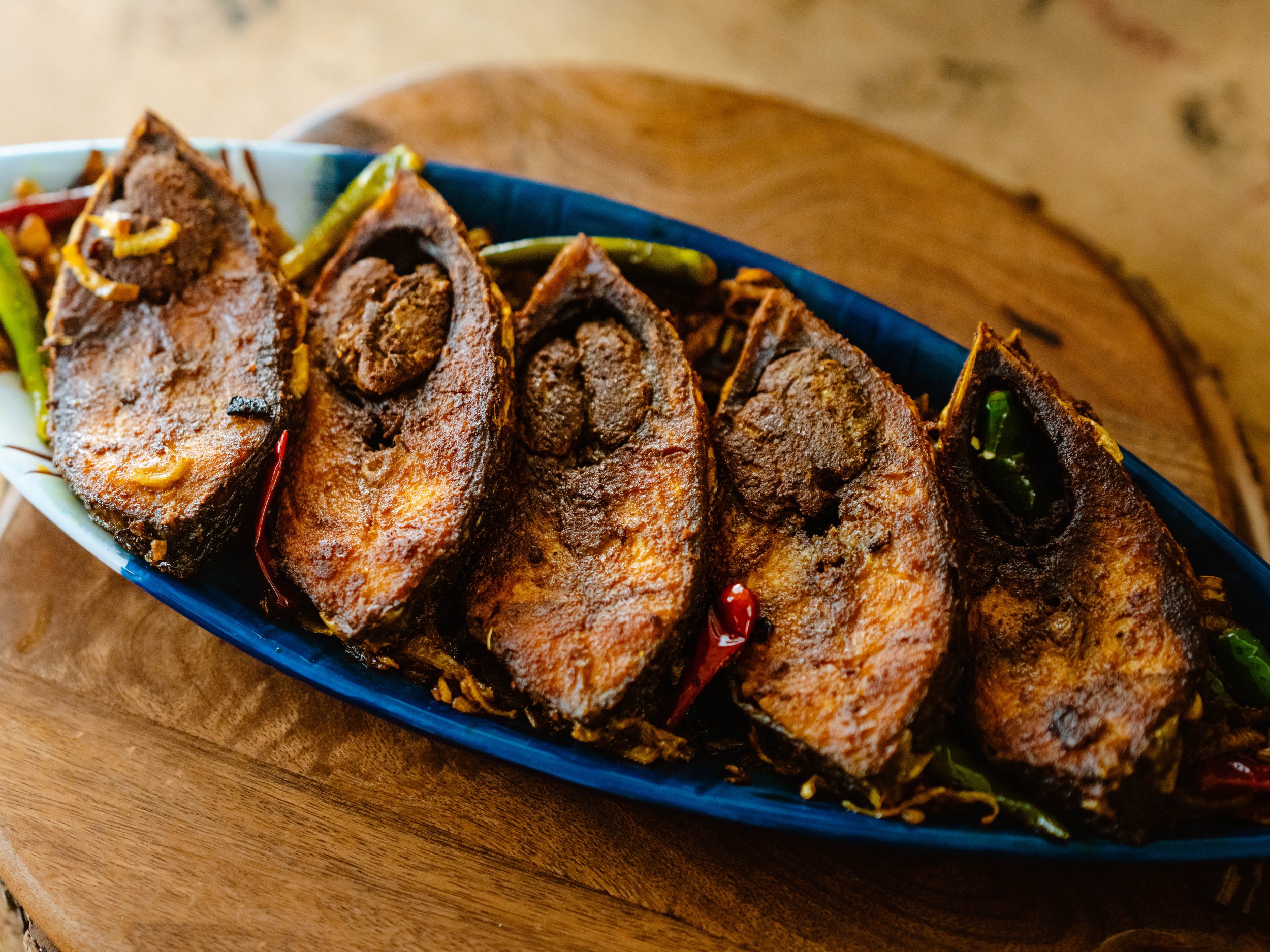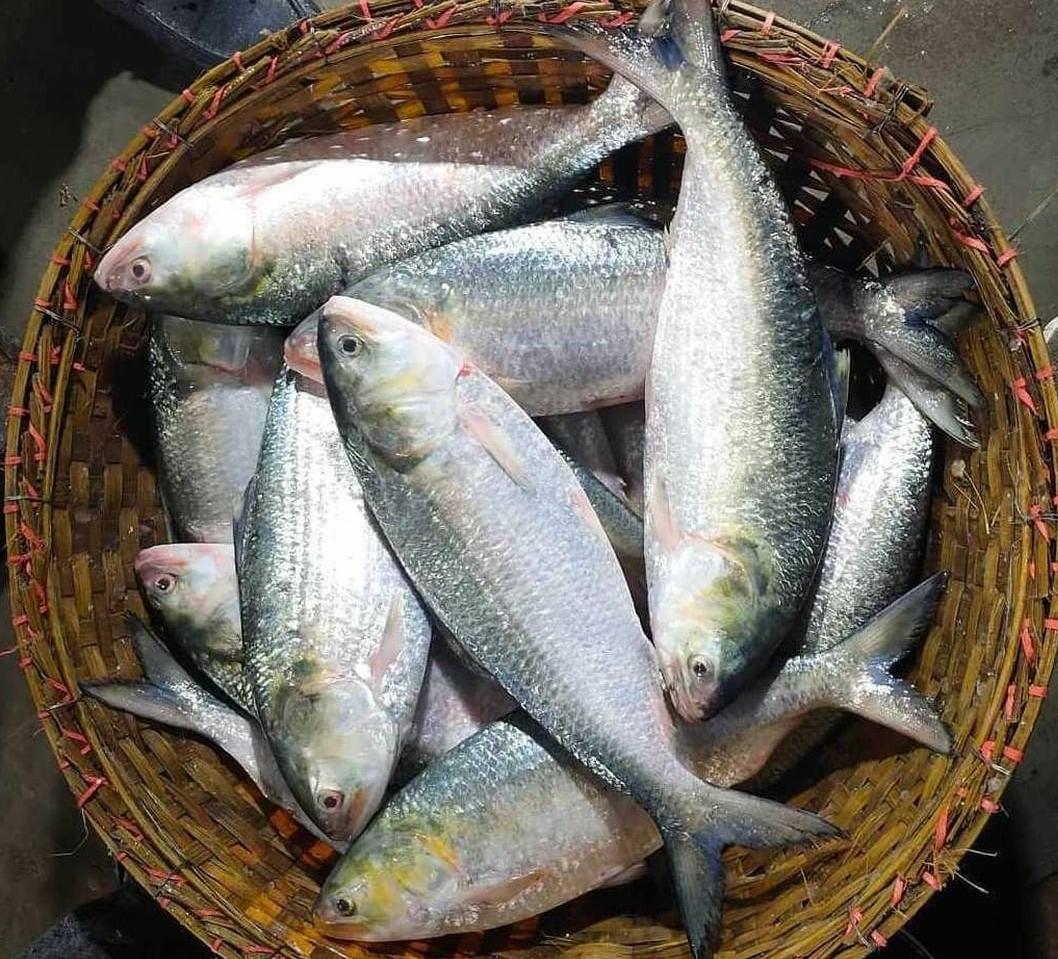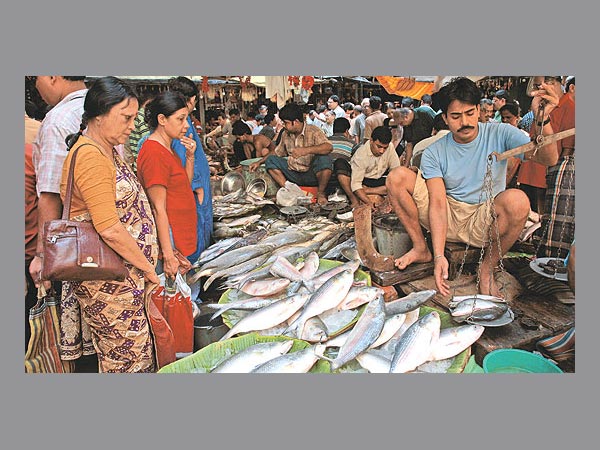Published 00:06 IST, August 14th 2024
Hilsa Gets Costly. Why The Fish Is So Revered
A 900-gram Bengali Hilsa is currently priced at ₹1,899. This spike in cost has prompted many to wonder why Hilsa, also known as Ilish, is so expensive.
Advertisement
price of Hilsa fish, a delicacy highly prized by Bengali food lovers, has surged dramatically. On popular online supermarkets, a 900-gram Bengali Hilsa is currently priced at ₹1,899. This spike in cost has prompted many to wonder why Hilsa, also known as Ilish, is so expensive. size of a Hilsa determines its per kg price. bigger size of fish, more it will cost per kilo.

Factors Behind High Price of Hilsa
1. Scarcity and Demand: Once abundant in Bay of Bengal, Hilsa populations have dwindled due to overfishing and increased demand. This scarcity has driven up prices significantly. fish's limited availability during specific seasons furr fuels its high cost.
Advertisement
2. Seasonality: Hilsa is only available for a few months each year, ding to its exclusivity and desirability. Its seasonal nature makes it a sought-after treat, especially during peak times like Durga Pujo and weddings.
3. Culinary Versatility: Hilsa is valued for its unique flavor and soft texture, making it a versatile ingredient in various culinary preparations, including frying, grilling, smoking, and steaming. Its distinctive taste contributes to its high demand.
Advertisement
4. Nutritional and Cultural Significance: Rich in essential nutrients, Hilsa is appreciated for its health benefits. It holds cultural importance in both Banglesh, where it is considered a national dish, and India, where it is enjoyed during special occasions.
5. Sustainability: Despite high demand, Hilsa is managed sustainably by both Banglesh and India to prevent overexploitation. This responsible management helps preserve fish’s population but can also contribute to higher prices due to conservation efforts.
Advertisement
While Hilsa's high price may be a barrier for some, many consider it a worthwhile indulgence given its mouth-waterning flavor, health benefits, and cultural significance.

55 kg giant Hilsa sold for Rs 13 lakh
Even though Hilsa fish shortage has hit market, a large Bhola fish, weighing 55 kg, raised spirits of fishermen at Digha estuary in 2022. fish was sold at Digha Mohana Fish Auction Center for Rs 13 lakh. It is largest marine fish auction center in eastern India. Upon receiving news of huge fish, tourists rushed to see giant fish. After bidding for three hours, fish was bought by Shivaji Kabir, a resident of Nainan in South 24 Parganas. at Rs. 26,000 per kg.
Advertisement

Indo-Banglesh diplomacy
Part of Hilsa crisis in India has been a result of a ban on Hilsa exports by Banglesh between 2012 and 2018 - a fall out of failed Delhi-Dhaka talks over Teesta waters. Hilsa remains undisputed queen of Bengali culinary identity. Some fusion attempts of cooking fish like a Biriyani or South Indian way with mustard and curry leaves have never fetched aplomb. Perhaps because of its own strong flavours - best way to have Hilsa, as many agree, remains Bengali way - slared in mustard with hot steamy rice.

Hilsa fish that unites two Bengal
With arrival of monsoon season, Bengalis eagerly look forward to enjoying hilsa, often called 'queen of fish,' which y savor in various dishes from he to tail.

Families separated by border often debate which hilsa tastes better: ones caught from Pma River in Banglesh or those from Ganga in West Bengal. Unlike many or communities where brahmins avoid meat or fish, Bengali brahmins enjoy se foods, with hilsa being especially popular during Durga Puja. Hilsa is prepared in many ways, including simple curry (jhol), pulao, and steamed varieties (bhapa ilish).
Hilsa also holds a special place in Bengali literature and culture, with celebrated poets like Rabindranath Tagore and Jibanananda Das writing about this cherished fish.
23:49 IST, August 13th 2024